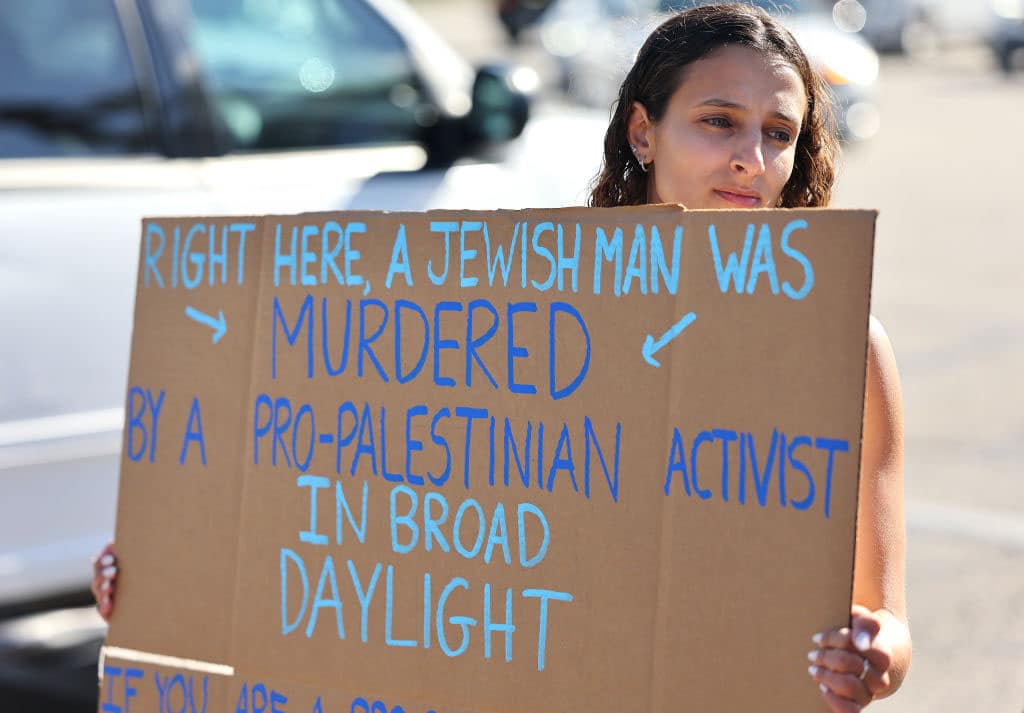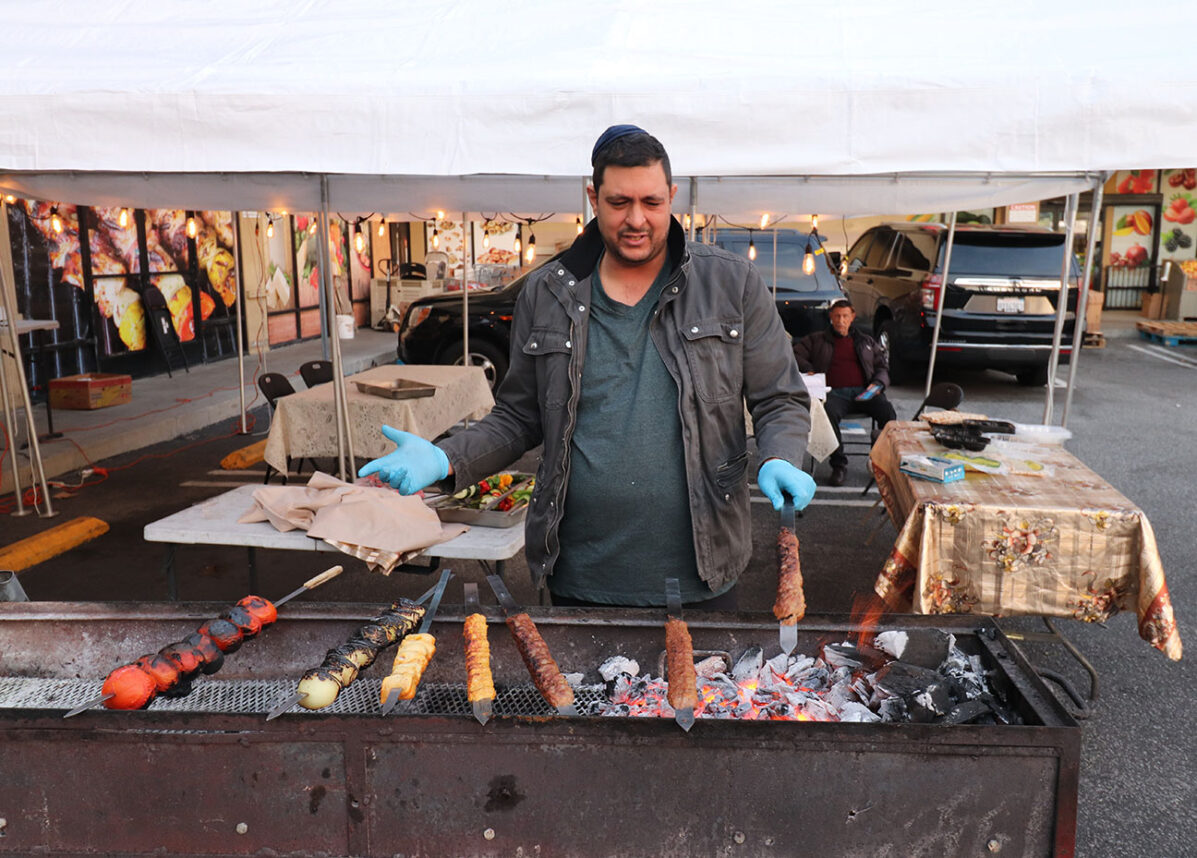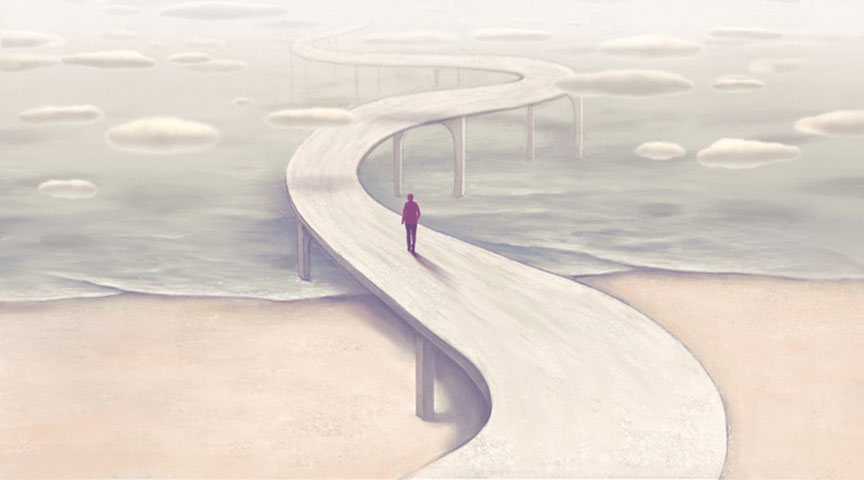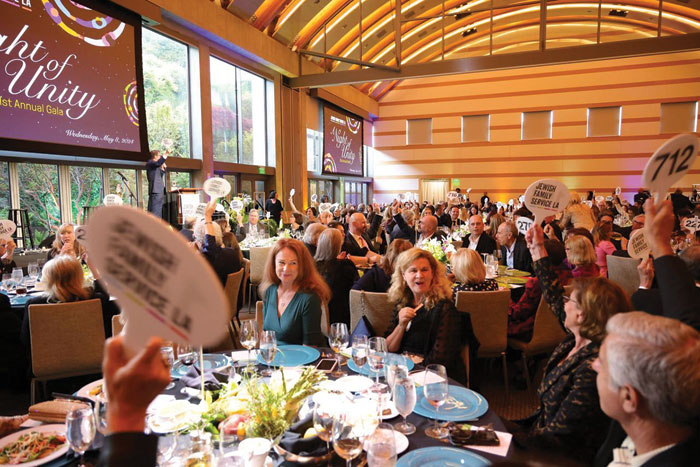„My primary intention is to give women’s experience a voice, which became blurred amongst the whole of Holocaust literature” – Joy Erlichman Miller. These words are found on the opening page, preceding the introduction and table of contents in Women of the Holocaust, a feminist perspective in the study of Shoah: case KL Auschwitz-Birkenau, by Joanna Stocker-Sobelman. This quote informs the reader right away of the problem recognized by the researcher and the thesis which influences her analysis of genocide on the following pages.
The introduction, in which the author explains her decision to examine the Holocaust from this perspective, seems valid. Globally, feminism has already developed in this field over the past few decades, but this branch of feminism, present for only a few years in Poland, arouses controversy. The author contends that feminism in research regarding the Holocaust is not a passing trend or a short-lived idea, but rather an expression of human need and a gap in Holocaust studies, which has yet to be filled. Given that the world of science is dominated by men, women during the Holocaust, their emotions and ways of dealing with difficult situations, were either omitted or equated with the experiences of men or children. Unfortunately, the very term „feminism” has acquired negative connotations, especially in Poland. It brings to mind women’s extremist thinking, which the author intended to avoid in her work, by explaining in the first few pages the history and achievements of feminism in the study of the Holocaust.
It has long been feared, that studying the Holocaust from varied perspectives or through the individual conditions of the victims would cause the Holocaust to be reduced, in this case, to sexism, or that the uniqueness of the tragedy would be lost, the tragedy of the many relinquished in favor of the tragedy of certain groups or individuals. Can one really agree with these opinions? Do the victims of genocide not deserve to have their suffering recognized individually? In the eighties, feminist researchers noticed this absence in studies and dared to take a stance. Here, it is worth mentioning the „Conference of Women Surviving the Holocaust”, which took place in 1983 at Stern College. During the nineties, a breakthrough in research, as well as in literature, saw more studies and positions focusing on women, which in turn led to the study of women of the Holocaust becoming a part of the study of Jewish Genocide. What arguments support this movement?
If all Jews were doomed to become victims of Genocide, why then would we pay more attention to gender? Feminists claim that since racism was a central part of Hitler’s ideology, then women were more discriminated against than men. Indeed, the assumption was that every Jew were to be annihilated, according to Hitler’s ideology, but early in his military actions, when the conflict first transferred to civilians, it was Jewish women that were forbidden from having children, so that the increase in Jewish population was reduced to a minimum. Therefore, Jewish women were public enemies, the same as the men fighting at the front were. Since early research was dominated by male voices, the unique experiences of women, such as menstruation, pregnancy, giving birth, abortion, in the unanimously difficult conditions of the ghetto, were omitted. Thus, the author of this book states, following the voice of more experienced researchers in this field, that knowledge of the Holocaust is not complete. Without the women’s voice we do not have the full picture and what follows, there are questions which we have not had the chance to, or even thought to ask before. After all, women were not objects or passive observers during these common difficulties and daily events, but active participants, who only experienced them differently, due to differing physical and mental predispositions. What’s more, one could assume that during this genocide, being the same for all Jews, there were events which were specific to only one gender and which determined not only the way of life, but the conditions of dying and death itself. Sexually motivated aggression, family, children, relationships, friendship, dealing with the difficult conditions are only a few topics, which were explored in the 19 chapters of Women of the Holocaust, a feminist perspective in the study of Shoah: case KL Auschwitz-Birkenau by Joanna Strocker-Sobelman.
The author of the book based her writing primarily on foreign and Polish sources, citing especially personal statements from former prisoners. Identifying the bibliography is complicated, even though it figures in the table of contents it is not there in reality. The same goes for the index of persons and the ending. Chapters in the book are in chronological order. We get to know the Holocaust and the Auschwitz-Birkenau camp from a woman’s perspective from the moment of her arrival at the camp, in the chapter titled „Transport and arrival at the camp” as well as in „Living conditions in the camp”. There we find out that the female section of the camp was more overpopulated and the sanitary conditions worse than in the men’s section. But as the prisoners recall, it was not the unsanitary conditions, hunger or cold that were the most difficult, but the dehumanizing treatment. It is in analyzing this factor that we can grasp the difference between the experiences of the men and the women. The author, along with Lenore Weitzman and Dalia Ofer, lists four types of differences associated with gender during the Holocaust. The first is the women’s role that she fulfilled before the war began. Greater resourcefulness and adapting quickly to living conditions had an impact on the female prisoners’ reactions to life in the camp. Men, being more demanding than women, found it harder to accept the new living conditions. Another difference is their convictions. Initially, men thought that they would be the main target of the German ideology and were more likely to flee or hide. Women with children stayed in their homes, waiting unwittingly for death. Another differing factor was the work, punishments and obligations assigned to Jews in the camp. The fourth and last factor mentioned in the book was the difference in response to the living conditions in the camp, the ghetto or in hiding. The setting was difficult for any group, but especially for women, who lived before the war with a sensitivity to aesthetics. It was very hard for them to accept the lack of hygiene, dehumanization and loss of femininity. Shaving their heads, nudity or the provided clothing caused the women to be stripped of their feeling of femininity and contributed to a swifter mental breakdown. The author notes that in previous survivors’ memoirs the male researchers put more emphasis on the topic of motherhood, rather than sex in general in the context of women, but indeed the subjects and memories associated with this subject are numerous. As one of the prisoners recalls, taboos and morality did not disappear upon passing the camp gates, therefore lesbian relationships or trading one’s body were recalled as a bad thing in women’s memories and the women involved were cast out from the group. Of course, sex concerned not just the women, men as well, but the experiences associated with them leave a different trace. Jewish women were less at risk of being raped as SS officials were forbidden from doing so, but still soldiers of lower ranks did rape the women, as well as submitting them to sexual molestation, verbal and mental abuse. For example, nudity was not only an element of humiliation, as the SS intended, but in the case of women it touched on three other factors: a sense of dignity and security, publically exposing their bodies, which were the negation of the ability to bear children, and a harbinger of imminent death. Let us not forget, that many of the Jewish women were also religious, which only increased the shock of public, group nudity and being observed by strange men.
The author devotes separate chapters to the issues regarding clothing and hygiene, shaving of hair, menstruation, sterilization experiments, pregnancy, abortion, giving birth, in short: inherent aspects of a woman’s life. In the last chapters, Joanna Strocker-Sobelman focuses on the mental constitution of women and their specific methods of dealing with extremely difficult circumstances. She emphasizes a tendency toward creating groups or communities among the prisoners, which gave them the sense of belonging to a family. The women prisoners took care of each other and formed very strong unions, such as those with mothers, or sisters, often giving up privileges in favor of their comrades. Thanks to mutual empathy and helping each other women coped better than men, who broke down sooner, not being accustomed to conditions that were not what they were used to. The author devotes the last chapter to women and their recollections after liberation from the camp and how they adapted to normal life. Many of them could no longer have babies, they were poorly understood by their husbands or relatives, therefore even this period of returning to regular life was experienced and felt differently by them.
I believe that „Women of the Holocaust” contributes significantly to Polish feminist literature, as well as Holocaust research, because there are still too few books on the market, available in Polish, regarding this subject. However, I am under the impression that the book is a sort of summary of the author’s doctorate thesis. Each chapter is like a portion of knowledge, which the book’s author probably possesses, but for some reason does not offer to the reader in full. That is why this work is more of an invitation to further one’s knowledge in this field and a sketch of the problems worth noting, rather than an exhaustive tome on which one could base future research. Unfortunately, the lack of a bibliography also makes turning to other books difficult in this case. The technical aspect of the book, the print, covers and binding, as well as the price, are acceptable.





















 More news and opinions than at a Shabbat dinner, right in your inbox.
More news and opinions than at a Shabbat dinner, right in your inbox.